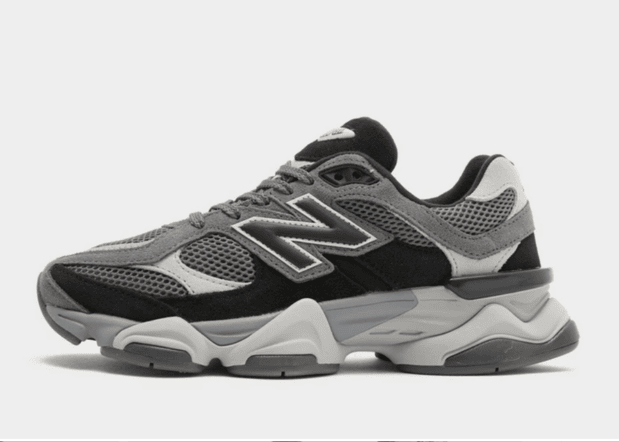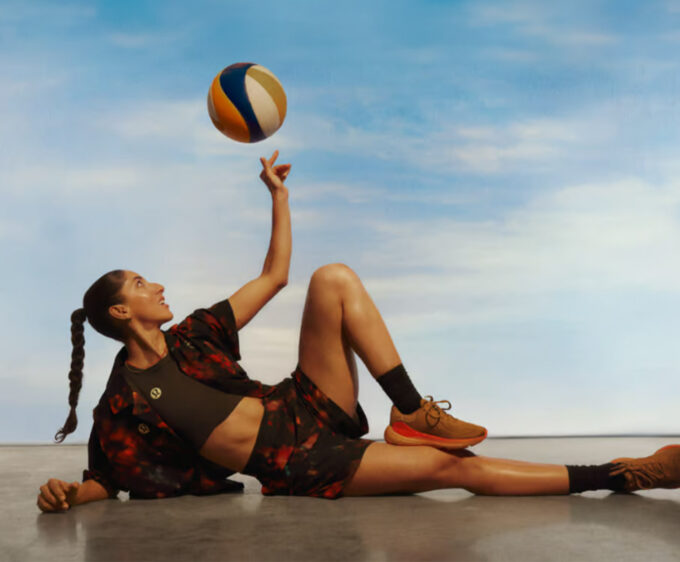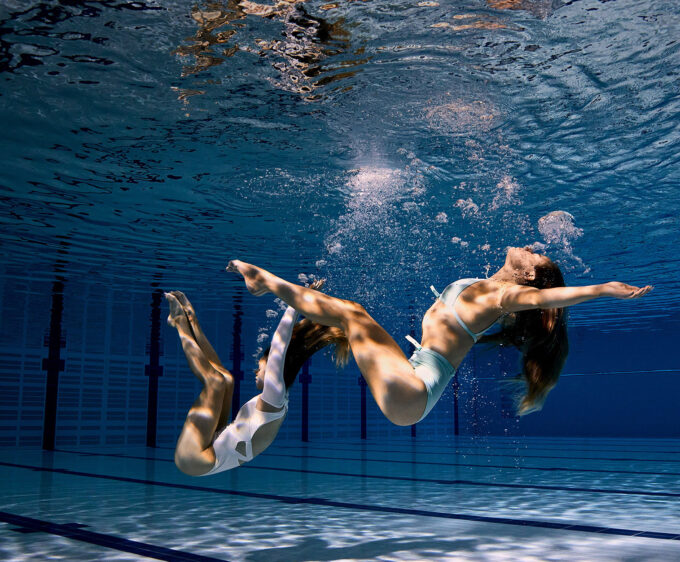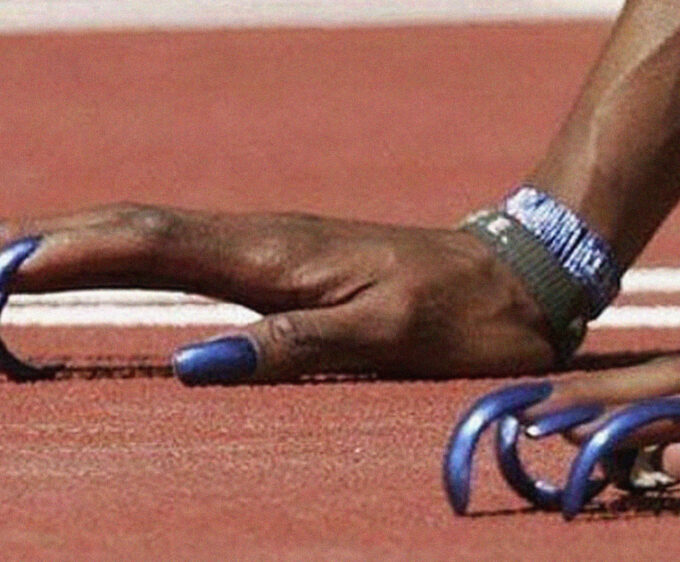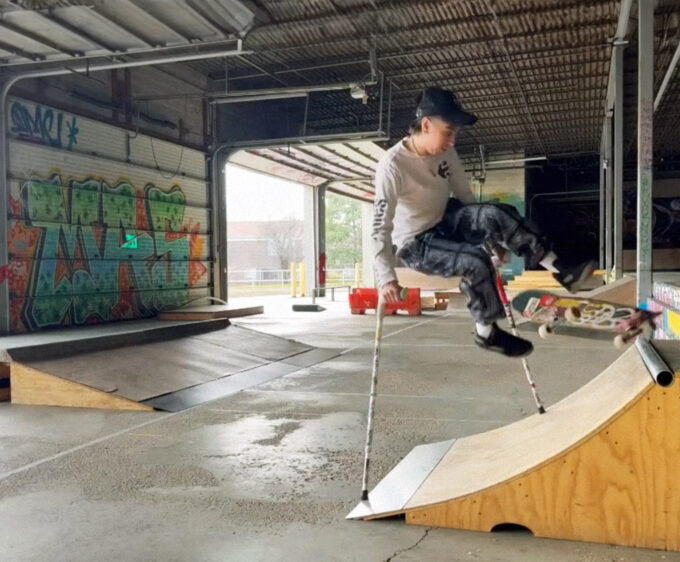
MANA Dance
Forget tutus and tiaras, MANA Dance is a fierce, all-female force challenging the way we see women in dance. We meet the duo to discover how they're redefining movement with strength, resilience, and a whole lot of attitude.
By Ellë Bolland
Photography by Silvia Anzoletti
When you think of dance you may think of sleek-fitting bodice’s and satin slippers worn in ballet, or even chiffon skirted gowns and heels fit to waltz across a ballroom. Your mind doesn’t jump to images of women in chainmail marching across the stage to the beat of drums, with arms in full span and staring into the eyes of the audience. This isn’t a tribal fanfare, but a stylistic challenge to the long-established view of women on stage. This is MANA Dance.
Founded in 2019, MANA presents a new breed of dance; a style formed of a spectrum of contemporary shapes and taking elements from other practices such as street dance, ballet, folk and other cultural movements. Providing choreography, movement workshops and touring the UK with their award-winning performances, MANA also has commercial accolades with partners such as House of Juba, Mr Bongo Label and Sony. So who is behind the dance company redressing the industry’s shortcomings?
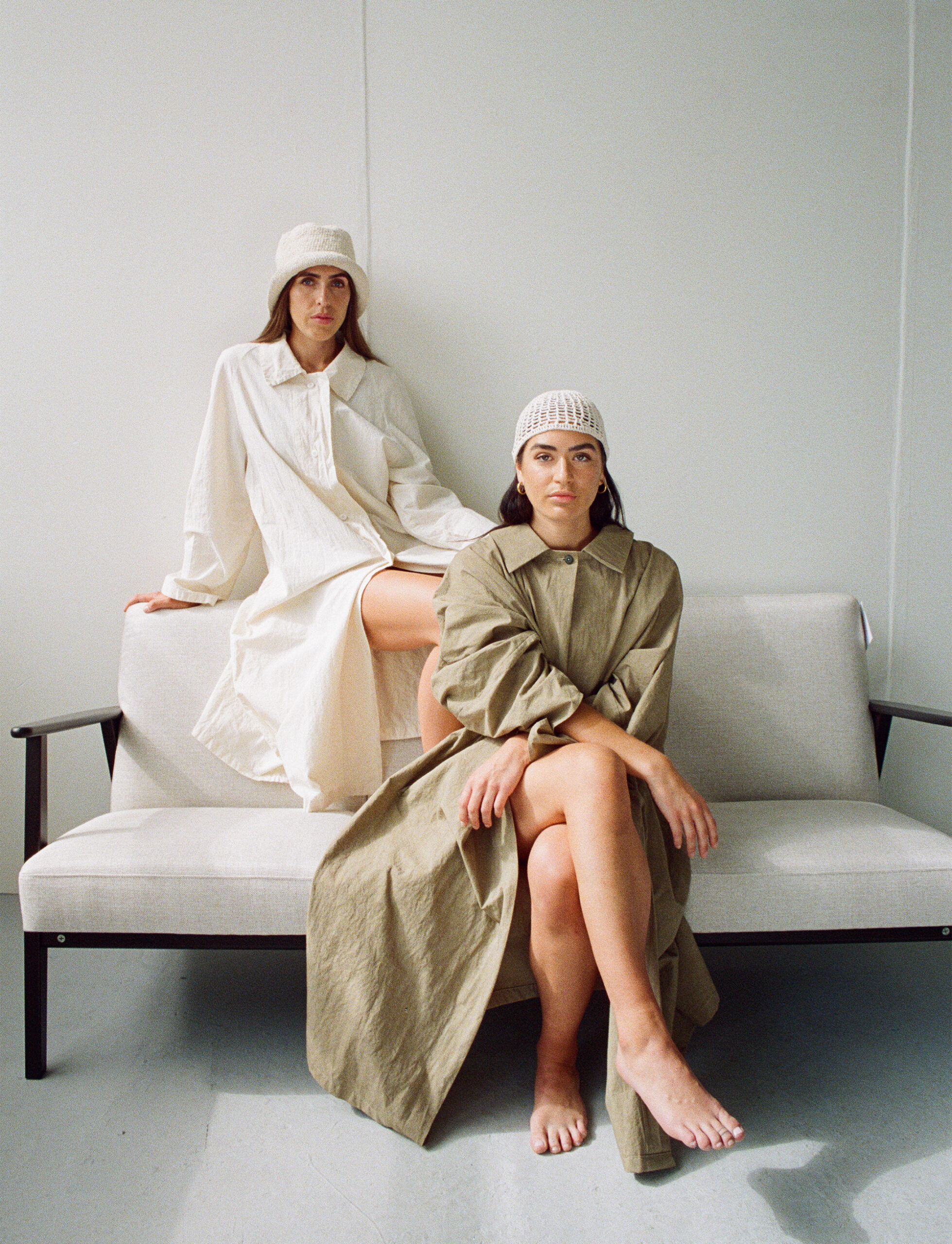
Back in 2017 whilst training in contemporary dance at university, friends Georgia Marshall and Colette Kite felt unable to express themselves in a way that was true to themselves within the traditional training structure. “The culture within the dance industry is very intense,” Colette tells me. It’s unsurprising when you think back to blockbuster films like the Black Swan, or even television shows like Strictly Come Dancing – both of which share just a whisper of what it’s like backstage.
“The harshness, competitiveness and lack of nurture in the dance industry really took its toll on us both, to the point where we both had time out of dance training to focus on our mental wellbeing. We even considered stopping dance all together”, says Georgia. During this time the pair bonded over their struggles, and it was when they were approached to choreograph their first show that they saw the opportunity to test the adversity they’d endured. The creation of their duet ‘IN-STINCT’ was the turning point where the girls realised they could use dance in a positive, powerful way, and challenge the industry in promoting a practice which championed strength, resilience and support.
As the first of their shows backed and funded by Arts Council England, the tour picked up multiple awards for its explosive choreography. It was created not only to foster a sense of connection with the audience, but it also paid homage to the resilience and nurturing of influential women in their lives. It marked the power of sisterhood, how women were being undeserved in the field of dance, and how there was so much which hadn’t been explored within the field of dance. “There was no real support system or anyone challenging the outdated stereotypes of women in dance”, says Georgia. “People are often surprised by how vigorous and almost confrontational we are in our performances. We’re bold and unapologetic, which goes against the stereotypes surrounding the sport. It’s traditionally seen as being a bit soft and feminine in the old-fashioned sense of the word, which is absolutely not the case. There was an obvious need for a fresh perspective around women and their bodies, and how they can express themselves through movement”, she tells me.
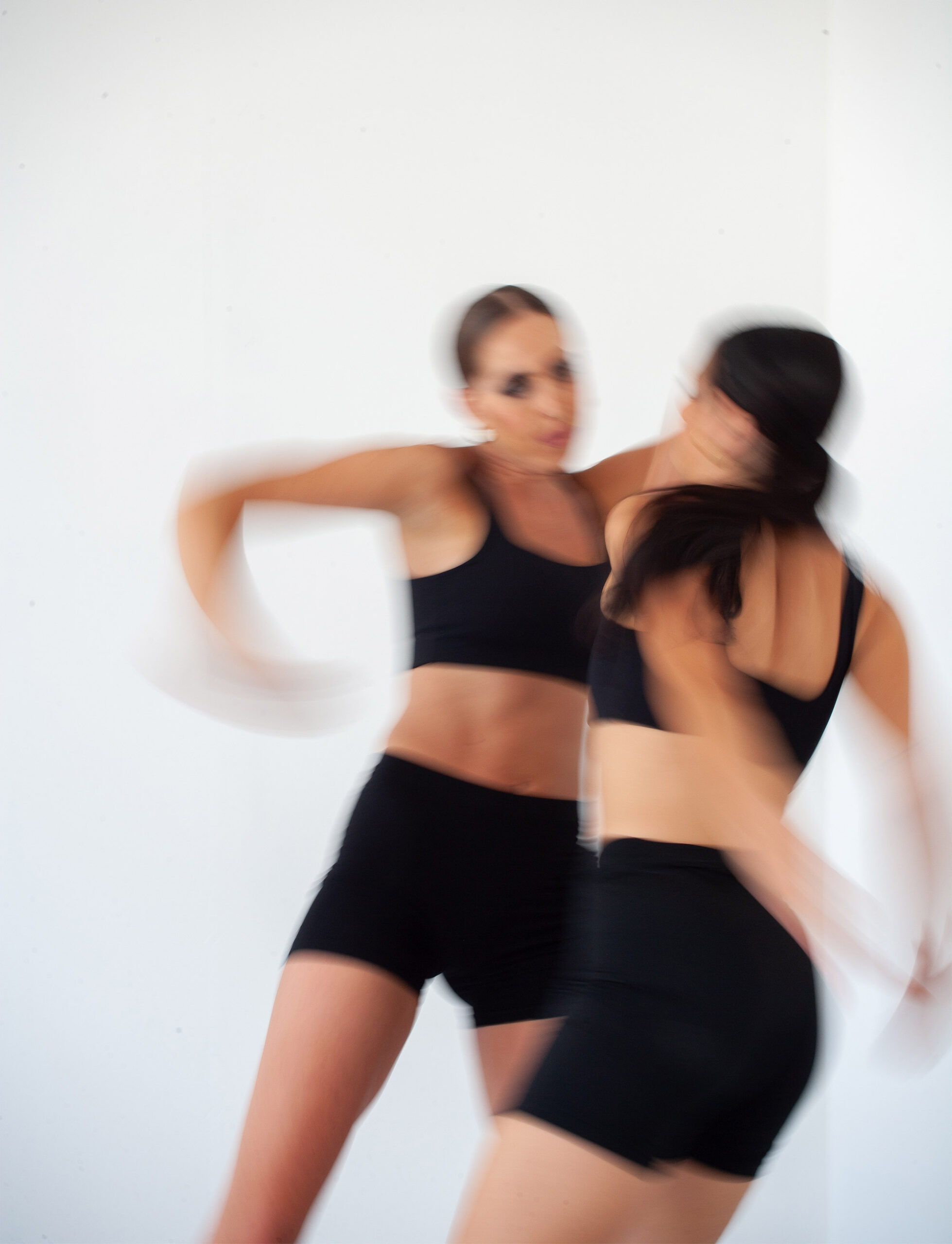
This stance makes sense when you witness some of MANA’s choreography, for example their fierce performance of their latest work, PARADE, for the opening ceremony of Brighton Spiegeltent 2024. The sell-out show in collaboration with Mr Bongo Records is physically charged, formed of ritualistic movements you see in your everyday life but brought to life with rhythmic patterns which synchronise with the heavy beat of live percussion. There’s a real funk to it, with the girls’ facial expressions bringing as much of the spirit as the athleticism of their dance does. As the audience, it captivates you while you really feel the hardships the girls are addressing, but this is reflected in a groovy and entertaining way. It’s a visual display of the diaspora within dance; strength and swagger allied with a conventionally stylish energy. It’s choreographed to prove a point.
I then fall down the rabbit hole of scrolling through their Instagram feed, coming across other performances such as their recent work for Soho House on International Women’s Day. It’s interesting because their movement is gender fluid in the sense that it isn’t aligning with traditional stereotypes, and yet there remains an understated semblance of feminine energy. The girls have slick back hair with not a strand out of place, off duty, wide-leg trousers which create an aqueous silhouette as they move, but their non-conformist sequences are loud and vigorous.
While my thumb pushes the top of the page to watch yet another of their reels, I begin to consider the people behind getting this production together and I have so many questions. As a two-gal band, how do they coordinate all these creatives together? Do they decide their make up, the music, costumes etc? And how do they decide on an artistic route to take?
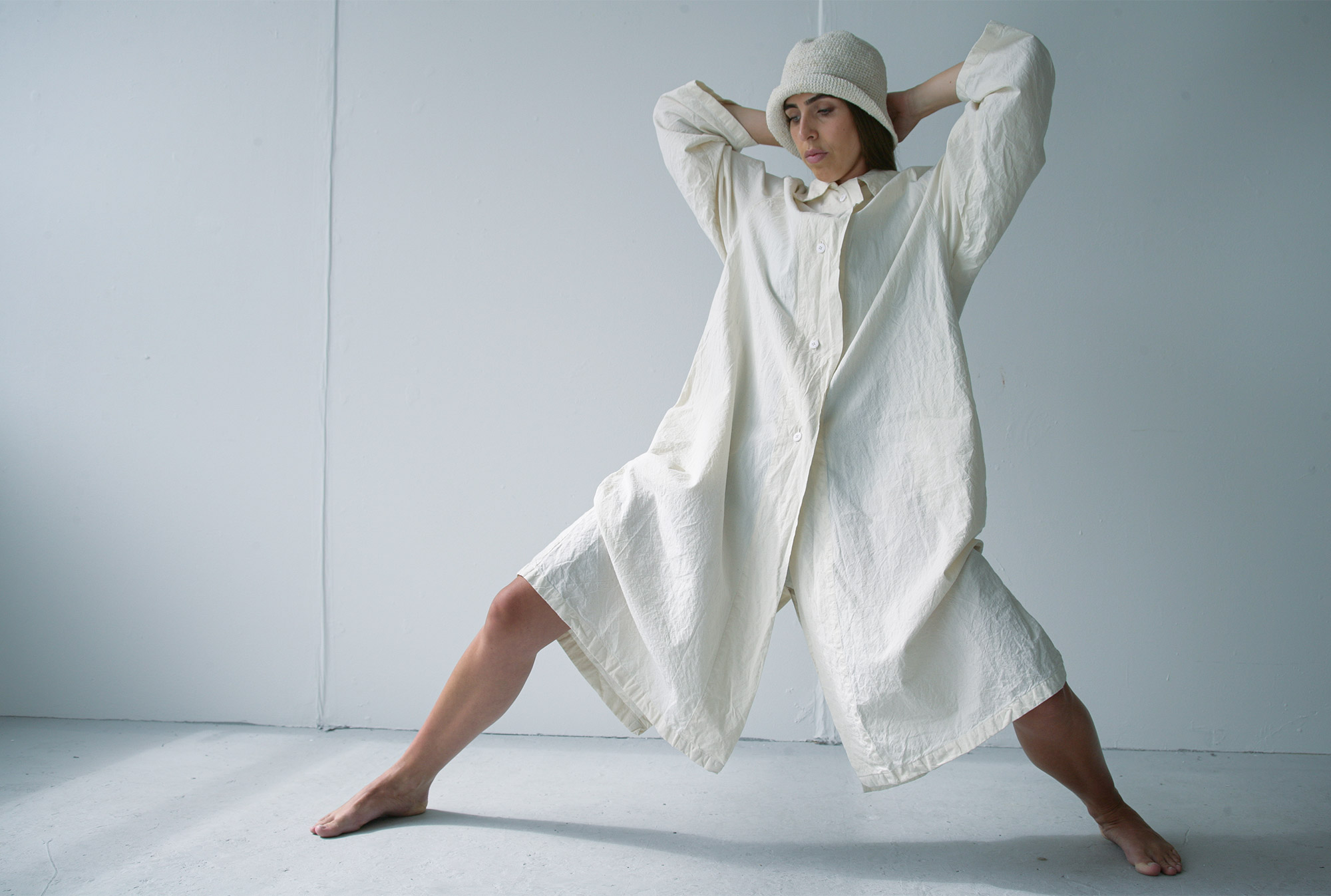
unapologetic
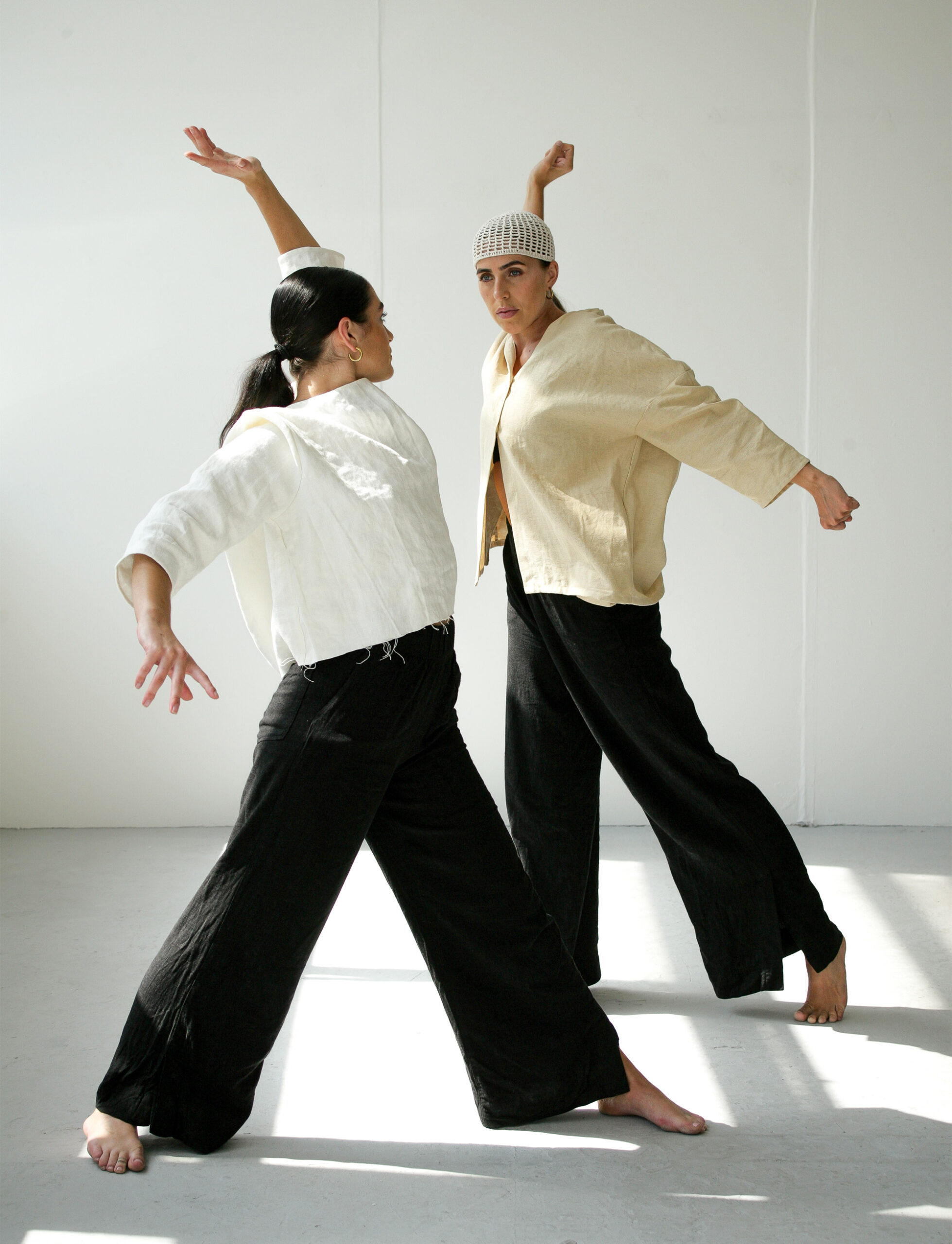
“A lot of our work is thanks to our agent, Jody, from House of Juba. She’s amazing. It’s been invaluable to work with an all-female agency and have Jody guide us through such a competitive industry. Generally, we get an idea for a project, taking inspiration from other art forms to shape our idea. We’ll create moodboards, research looks and other artists to inspire our concepts, then Jody will input on creative direction and shapes the vision for how we execute. Following that, we’ll work closely with our music producer, Seb Hyatt, and he brings our ideas to life, we send music inspiration – tracks, recordings and vibes we like, alongside moodboards and plans so he can understand our vision for the music. We’ll then style all of our costumes and direct any shoots capturing our work. So basically we produce, choreograph, style and perform our own work!”.
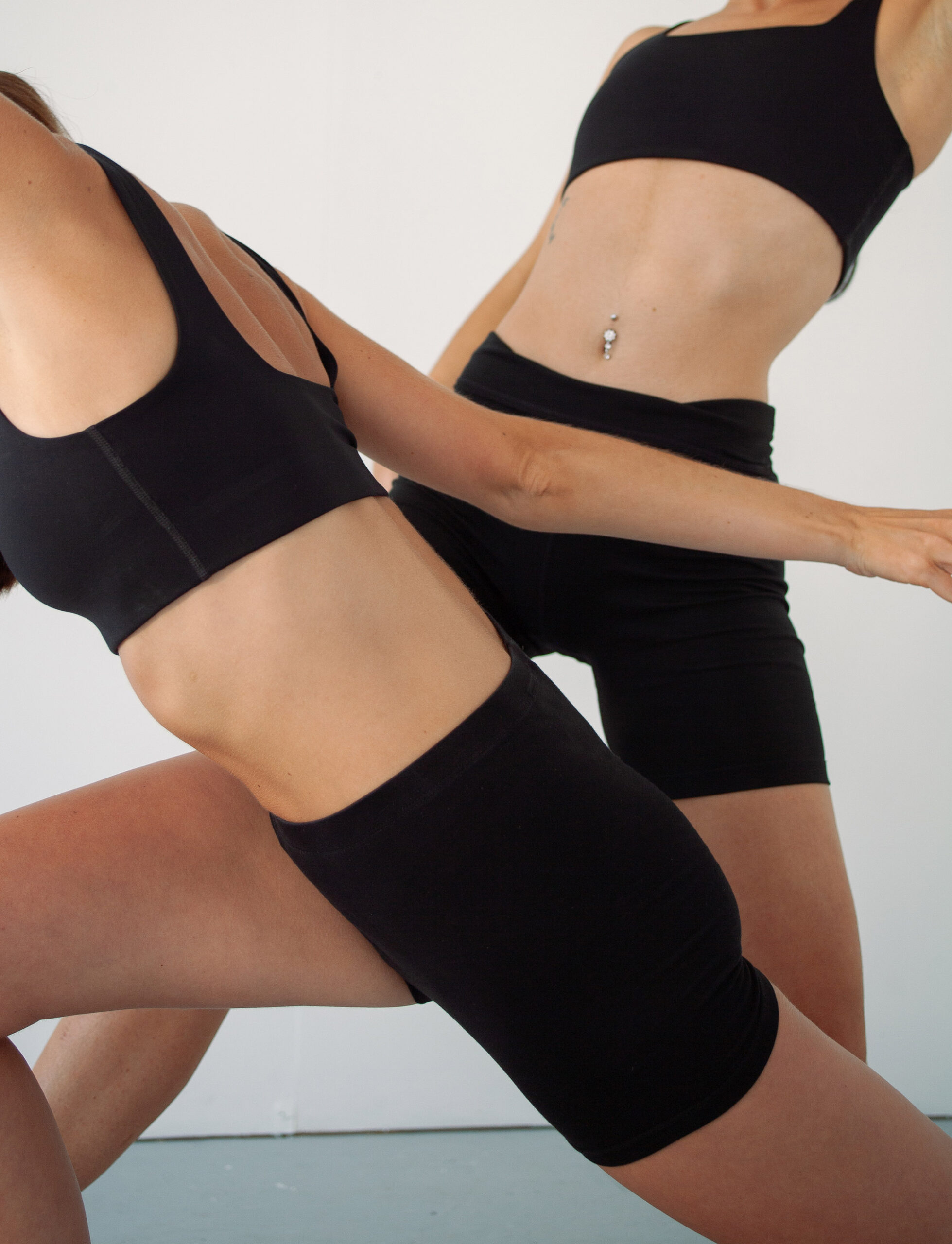
I’m so intrigued by the girls’ artistic involvement – clearly they’re not only movement directors, but they’re talented creatives in every sense of the word. It sounds like an awful lot to keep on top of while they’re growing the business, securing funding from organisations such as Arts Council England (which I learn isn’t just a straight-forward process of applying and getting paid. With rounds of funding and rigorous requirements to meet, still only 10-15% of applications are successful!). While this alone keeps the girls very busy, there are other business streams they’re dependent on to continue growing.
“We really do rely on collaboration and commercial jobs to fund the development of MANA. Arts Council England helped us through our first few projects, but we’re awaiting a decision on the second round of funding which would eventually help us produce new work and scale up. Without it, we’re relying on people like Jody to expand our network and connect with like-minded businesses which may want to collaborate and share resources. This helps us perform at things like festivals and fringes, so we generate funds through ticketing revenue and invest this back into the business whether that’s on new work or putting on a series of workshops for us to teach”.
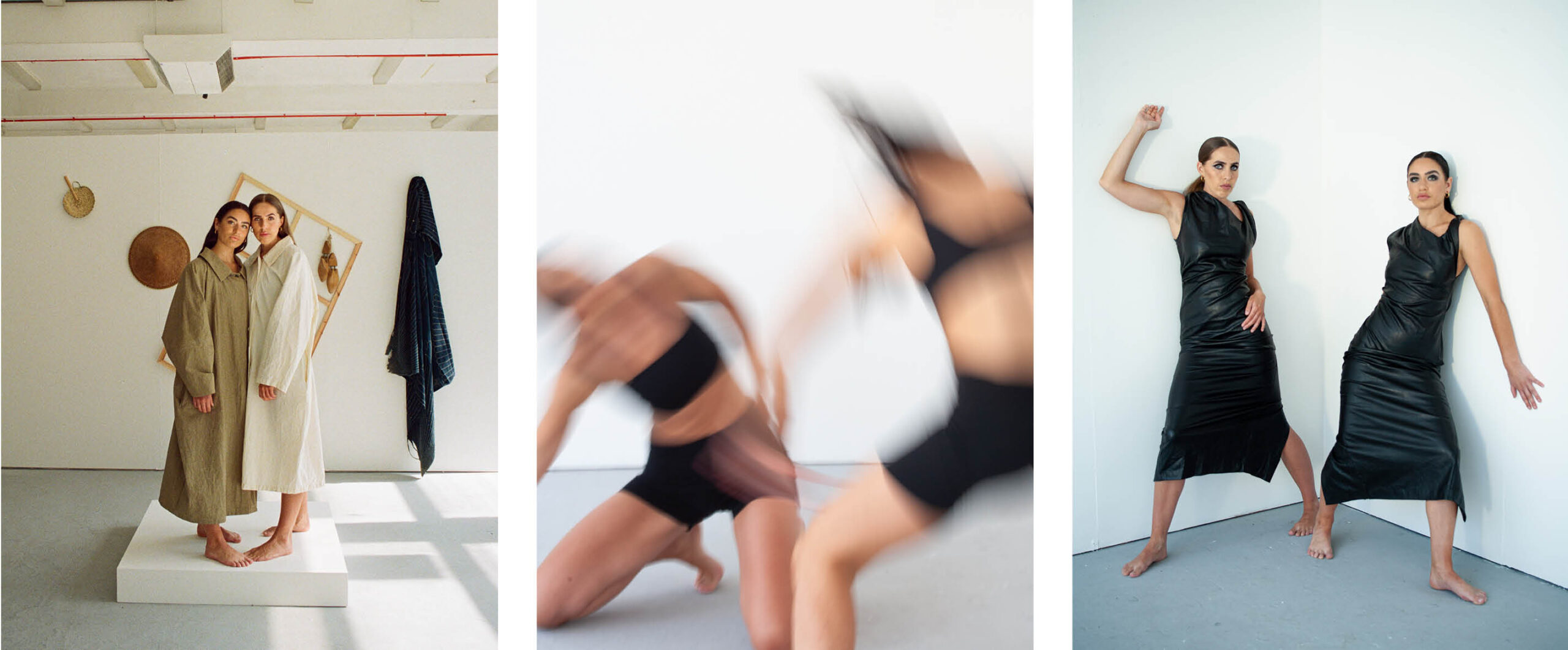
“What is it that you’re teaching in these workshops?”, I ask. Colette replies, “We know first hand that the methods used at traditional schools are harsh and don’t use positive reinforcement to get the best out of students. We want to support young women, particularly girls between 16-18, who might be experiencing an identity crisis and aren’t sure where to channel their love for dance under the old-fashioned structures which aren’t serving them. MANA workshops are there to help these girls explore their own resilience and carve that identity for themselves with the power of an expressive, free-moving practice. We want to train students to feel confident and unafraid to take up space with who they are!”. It’s truly refreshing to hear how Georgia & Colette are celebrating women in a way that is blind to the confined ideals around women’s physicality and way of being, expelling the old ideals of dance.
So what’s next for MANA Dance? With several Summer projects to be revealed, Georgia & Colette also have a series of beginner and professional training classes starting from September in London and Brighton. The duo will be teaching their unique, fusion style of movement, helping students build on contemporary techniques, explore improvisation, and learn some of the unique phrases from MANA’s professional repertoire. Classes can be found through their website.
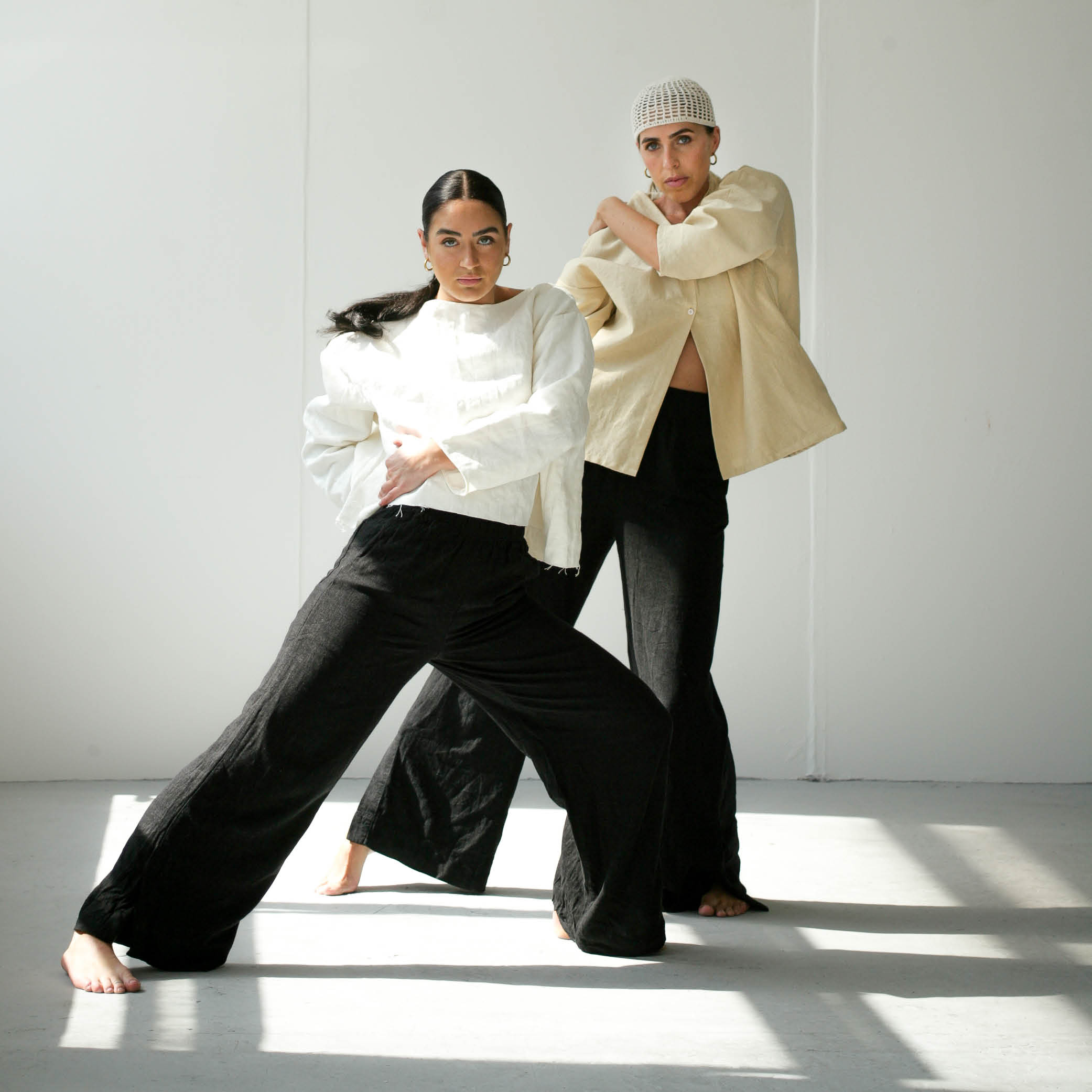
Follow @manadanceco
Photography by @silvia_anzoletti ,H&MU by @annelie_bystrom using NARS, Produced by @giuliangelucci_ , Artist agency @houseofjuba / @talentatjuba
Coats and white tops by @louisa_charlotte_oates, hats by @ellabeththompson, Leather dresses @zara
